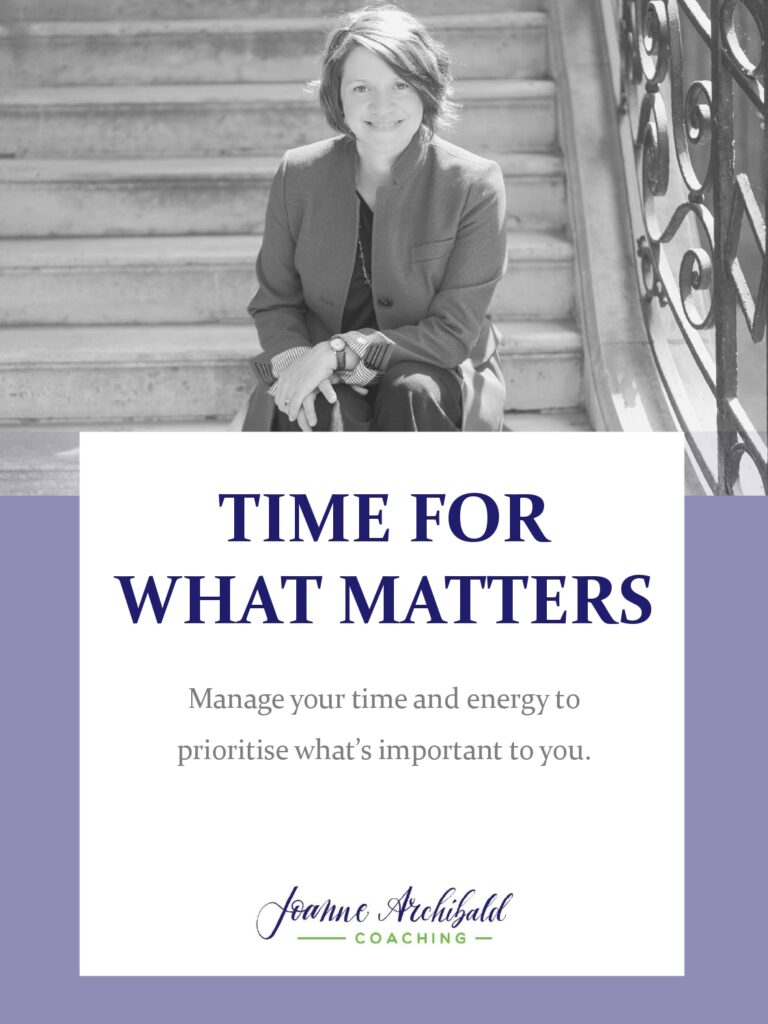So, what’s your superpower?
This is a question I have come across in numerous interviews of late. With the Marvel universe dominating cinema screens for years now, it seems to have become the latest, slightly ironic, way of asking “what are your hidden talents?”, and I’ve heard answers ranging from “I am a brilliant negotiator” to “I can make any baby stop crying”.
Of course, the question leads the listener or reader to ask the same of themselves. So, what is your superpower? Mine is incredibly useful but desperately uncool. I am hyper-organised. A friend once went so far as to describe me as “someone who lacks any sense of direction but who knows no fear when faced with a major event to plan or a crazy family schedule to run”. Not necessarily the description I want carved on my tombstone, surely, but as superpowers go, pretty darn useful!
Organisation 101
Getting organised is a subject with which I have seen many clients struggle over my 10 years as a coach. So, while “coaches do not give advice” is pretty much the second rule you learn at coach school (just after “maintain client confidentiality” AKA the Fight Club doctrine), I am going to be a rebel. I’m removing my coach hat and offering five strategies for maintaining order in your life. Implementing just one—and one at a time—can really help you find more peace and ease in the midst of all the work, life admin and stuff we accumulate.
1. Streamline and declutter regularly
I love decluttering. I think I came out of the womb crying “right, umbilical cord: don’t need this anymore – chuck or donate?” It cannot be denied that having stuff you don’t need, that doesn’t work, or that you don’t even like, robs you of space and – because you have to hunt among the rubble for things you actually want – time. It provokes a sense of chaos and lack of control.
Having a good clear-out does not have to be an all-day (all-week?) job, and it doesn’t have to be painful. I keep the hoarding at bay with a yearly sort-out, usually over the quiet summer months. My technique is first to make a list (all good things start with a list) of all the spaces in the house that contain stuff. I go room by room in detail. I might have, for example, “Bathroom: corner cupboard, drawer 1, drawer 2, cupboard over toilet, mirror shelf, medicine cabinet”. Then I start picking items when I have a few free minutes and doing just that one thing.
The advantage of this strategy is that it breaks down a mammoth task into more-than-manageable chunks and feeds you quick wins. You start by thinking you have 15 minutes and can only do a drawer, then that goes well so you are motivated to do another drawer. And, on days when you have more time, you can tackle the bigger items, like wardrobes, although I even break that down into shoes, underwear, sock drawer, bag shelf, hanging space. The keys in this are first to break the job down and then to do it regularly.
2. Keep ongoing lists
Another organisational tool I swear by are ongoing lists. First, there’s the shopping list on the fridge – an obvious one – add food items to it as you use them up or realise they are needed. Then there are lists I have in my phone – books people recommend, films I fancy watching, restaurants to try. I also have a list of admin tasks that I have to do monthly and yearly, plus a list of stuff that needs to be done over the next ten years. Monthly might include: pay the school canteen bill, check my bank statement, do my invoicing. The yearly list is organised by month, so: January: do last year’s family photo album; June: take kids to dentist; October: optometrist check-up. The ten-year list might be something like: 2024: renew my passport; 2025: child’s vaccination; etc…
In the quest for organisation, lists are as close to a silver bullet as you can get.
3. Merge your to-do list with your diary
This strategy is simple: instead of having both an overfull diary and a to-do list that only ever seems to get longer, merge the two. The idea is that instead of adding tasks to a general to-do list, you create multiple to-do lists, one for each day, so that as you decide to do something, you also plan when you will do it. At the end of the day, if you haven’t managed to get through everything, you simply move remaining tasks forward to a future slot.
I love this technique as it ensures my to-do list is never horrifyingly long and forces me to evaluate each item on it with the question, “when can I do this?” If I cannot find time, I am obliged to either re-think it (can it be outsourced? is it really necessary?) or reassess my diary. This technique really helps if you’re feeling overwhelmed with tasks or appointments. It’s the time equivalent of breaking down a decluttering project. Your to-do list becomes a one-day-at-a-time affair.
4. Think about your first and last five minutes
The first and last five minutes of any chunk of time can be critical for staying on top of things. The last five minutes of the work day, for example, are the perfect time to check the day’s to-do list, bring forward unfinished tasks to the next available slot, tidy your workspace, delete emails – generally make the next day start better. How you spend the first five minutes after you get home from some outside activity, for example, also makes a difference: empty your bag of anything you won’t need the next day, put clothes in washing basket, hang up coats… The first and last five minutes can make a difference.
5. Avoid layovers
A layover occurs when you create an extra organisational task for yourself by doing something halfway. For example, if you – like me – change into sweats and remove jewellery when you get home from work, a layover would be putting your earrings onto a shelf in the bathroom and throwing your clothes on a chair in the bedroom. It would be just as easy to put things straight in their proper place (necklace gets put straight into jewellery box, blouse goes in washing basket), and it avoids an extra bit of tidying. The same rule applies with leaving post on your desk, or dumping the contents of your handbag onto the entrance-hall table. If an item can be put straight in its final destination without a layover, your home is more organised and you actually reduce the work you need to do!
Is your physical and psychological stuff getting you down? Are you over-stretched, constantly rushing, and still not managing to stay on top of your to-do list? Working with a methodical, supportive and insightful coach (whose geeky superpower also happens to be organisation) can help you to take back control of your to-do list and your schedule so you can live on purpose and with purpose. Contact me to find out more about working together.




